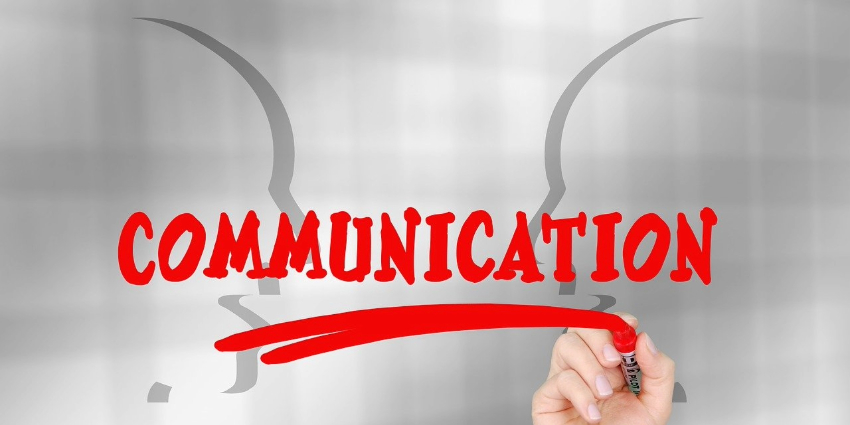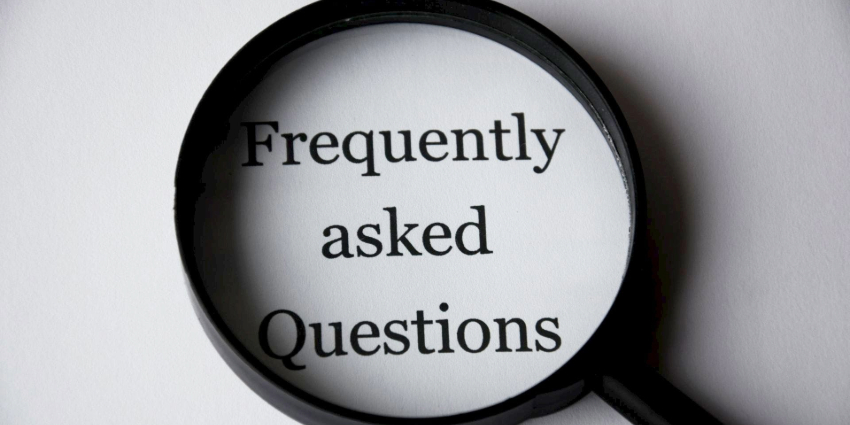If you conduct quarterly reviews in your organization, April may be your month. Luckily for you, this month’s focus is on delivering the Gift of Information (AKA Feedback).
I’m not a fan of the word feedback and we have a plethora of research that tells us our brains negatively associate the word with any subsequent content that follows, rendering our conversation almost futile if that hurdle isn’t jumped on the onset.
I’ve used “feedforward” in the past as a mentor of mine coined that word a few decades ago, but that hasn’t quite stuck with me as a viable foray into these conversations either.
For now, I’ve settled on calling these conversations what they are and what they should be: an exchange of information.
Ultimately the goal of a productive conversation is to exchange information that results in improved performance, minimized harm, creation of connections, and better outcomes. Notice there is no attachment to emotion, feelings, or personality preferences. Information is devoid of emotion. Therefore, approaching these conversations with “Can I provide you with some information that I’m seeing?” seems to be a much smoother entry for the recipient than “I need to give you some feedback”.
When preparing to provide someone with the Gift of Information, here are a few questions to ask yourself:
1. Is this information TRUTHFUL? If you’re not completely sure; double-check as many details as possible. Ensure your overall message isn’t lost on a data technicality that may or may not be germane to the conversation you’re having.
2. Is this information ACTIONABLE? It’s pointless to receive information that either can’t be acted upon or they don’t know how to act upon it without direction. “Fix the delivery issues” is pointless if the person doesn’t know where to begin or lacks the resources. If they did, the hope would be that there wouldn’t be issues to fix. Try providing actions in the form of experiments such as “Next time, maybe you could try doing X instead of Y, and see what happens as an alternative outcome.”
3. Is this information TIMELY? Not only does the information need to come relatively close to the time of the occurrence, but is this a good time to deliver this information? So often we are focused on the information we need to convey, that often we don’t account for the person being in the right space or place to receive the information. A great way to know is to ask “Is this a good time for me to give you some information about something?”
4. Does this information provide for a TWO-WAY CONVERSATION? Are you prepared to offer the recipient the opportunity to ask for clarification, or even disagree and reject your communication? Be prepared to hear their thoughts as well. Even better ask for information on how you delivered your message. Information exchanges can level up everyone’s game.
5. Is it WELL-INTENDED and DELIVERED RESPECTFULLY? If you remember one thing, remember the “Platinum Rule“. Treat others as they want to be treated. We all deserve to be respected as adults and therefore the information delivered needs to be well-intended and delivered in a manner the recipient can hear. Learn how they would like to receive the information. Ask “Hey, I want to give you some information, how would you like me to do that? Should we schedule a time to talk, do you want me to send you my thoughts ahead of time via email, etc…?”
If the information you provide is truthful, actionable, timely, conversational, and respectfully delivered, it is a well-packaged gift your recipient can actually use. If done correctly, it might even be worth a regift.













